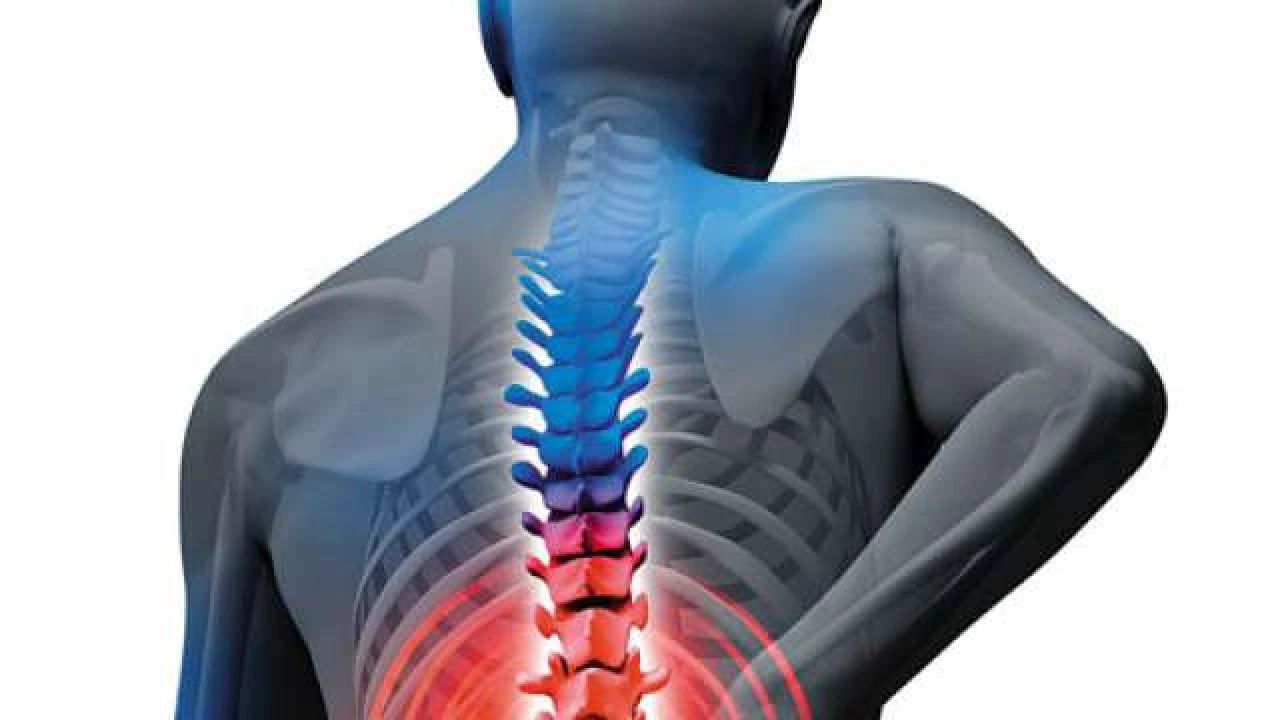Muscular dystrophies are a group of inherited diseases that cause muscle weakness and wasting. There are about 30 types of muscular dystrophy disorders, each with a different cause. Some are visible at birth, others develop in childhood and others do not become visible until adulthood. The most common muscular dystrophy is Duchenne muscular dystrophy, which usually affects boys and is an important and ongoing topic of research.
What is Duchenne muscular dystrophy?
Duchenne muscular dystrophy (DMD) is a genetic muscle disease that predominantly affects boys. Worldwide, approximately one in 3500-6000 boys are born with DMD each year (Bushby et al., 2010).
DMD is caused by defects (mutations) in an important muscle-building block (protein) called dystrophin, which provides the structural support necessary for muscle function.
The disease process caused by DMD is well understood. Loss of dystrophin leads to an increased likelihood of muscle damage and breakdown.
This increased muscle damage leads to inflammation and over time the muscles are replaced by fat and scar tissue, which weakens the muscles.
What are the symptoms of DMD?
DMD is usually diagnosed in early childhood, with muscle weakness affecting the legs and upper limbs first, resulting in most boys being confined to a wheelchair by the age of 14. The weakness then spreads to the respiratory and heart muscles, which can eventually lead to premature death.
How is DMD treated today?
Currently, there is no cure for DMD and the only approved treatment is a class of steroids known as glucocorticoids, which have been used for over 30 years to slow the progression of the disease by blocking the inflammation caused by repeated muscle damage and breakdown over time. However, prolonged steroid use can lead to undesirable side effects such as weight gain and a decrease in stature.
What research on DMD is being conducted by the Murdoch Children’s Research Institute?
The muscle disease team uses both animal models (mice) and induced pluripotent stem cells (iPSCs) obtained from patients with muscle diseases (including DMD) to study muscle diseases.
Part of our current research is focused on developing alternative approaches to steroid use to reduce the effects of the immune response in patients with DMD. This research was conducted in collaboration with the Melbourne-based pharmaceutical company opalphysio Therapeutics and uses a more targeted drug to reduce the inflammation seen in boys with DMD.
These early studies have shown promising results with improved muscle function and performance in both mouse models and a phase II clinical trial conducted at the Royal Children’s Hospital (RCH) with patients with DMD.
We are also using skeletal muscle grown from induced pluripotent stem cells (iPSCs) to model disease and test new drug targets. iPSCs are cells that can be derived from patient blood and grown in the laboratory in a variety of tissues, including muscle. These muscle tissues can be used to study a patient’s disease in a single dish without the need for invasive muscle biopsy.
What are we trying to make possible for children with DMD?
Through this ongoing research, we aim to improve the quality of life for children with muscle diseases by developing a better understanding of the patient’s disease and developing new treatments that will hopefully provide better treatment options for patients with muscle diseases like DMD in the future.
For more info visit us: https://www.opalphysio.ca/neurological-rehabilitation-physiotherapy
